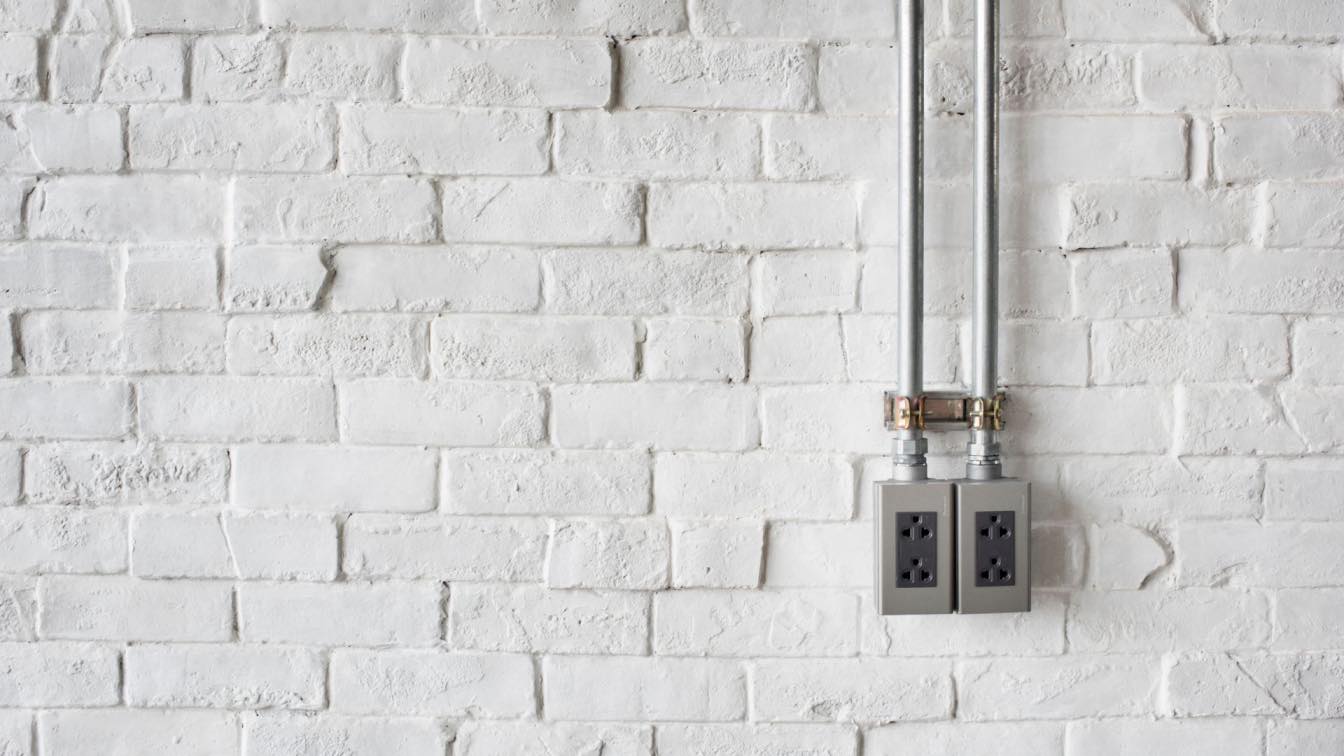Are you looking for the best roof design for your home? Are you unsure of which type of roofing to select given your location and weather conditions? Look no further: this blog post will help guide you through the process.
We’ll go over different factors to consider, such as climate, local building codes and regulations, style, materials available in a particular region, and more. You'll also learn how each factor contributes to choosing the right kind of roof design so that your home can remain safe and secure no matter what kind of seasonal changes mother nature throws its way. With this information in hand, it will be much easier to pick out the perfect one for you!
Assess the Local Climate and Weather Conditions in Your Area
The first and most important factor to consider is the climate in your area. Depending on where you live, the weather conditions can have a drastic impact on which type of roof design you should select. If you live in a region with mild summers and cold winters, then opting for an asphalt shingle roof may be the right choice because it’s highly resistant to harsh weather conditions like heavy rain and hail. On the other hand, if you live in a location that experiences strong winds like Memphis, then metal or tile roofs could be the best option because they are more resistant to wind damage than their asphalt counterparts. Just be sure to select a reliable Memphis roofing company experienced in installing the type of roof you want for the best results. They will also be able to advise you on any necessary permits needed for the installation.
Check Building Codes and Regulations in Your Area
The second factor to consider when selecting a roof design is local building codes and regulations. Depending on your location, there may be specific requirements for the types of materials available or maximum slope measurements. Make sure to check with your local government before making any decisions so that you don’t run into any complications during the installation process. Moreover, many cities will require permits for certain types of roofs, such as metal roofs or those with a high pitch. It’s important to familiarize yourself with these laws before beginning your project so that everything goes smoothly.
Consider the Lifespan of Each Roof Material in Comparison to its Cost
Your investment in a roof is a critical decision since it can be expensive and will require upkeep throughout its lifespan. Various roofing materials have distinct costs and lifespans; it is best to consider how long a roof will last before replacement vs the initial cost of a particular material. A roof could last between 15 to 50 years, depending on the material used, such as asphalt shingles, metal, tile, wood shakes, and membrane roofing systems. Asphalt shingles are the most common and affordable roofing materials on the market today, and they can last around 20-30 years.
While tile and metal roofs are typically more expensive initially, they have a longer lifespan of approximately 50 years, making them a sensible choice for those wanting fewer repairs. It's important to note that the roof's architectural design and location could play a role in the lifespan of the material chosen. It's always worth investigating all options and seeking advice from roofing experts to ensure you make an informed decision.
Research Existing Roof Designs in Your Area
When researching existing roof designs in your area, it is important to consider the climate and any building code restrictions. A gable-style roof works well in areas with heavy snowfall as it allows for better ventilation and improved drainage. In coastal regions, a hip or mansard-style roof can be beneficial as they are more resistant to wind damage. Additionally, you may need to adhere to certain building regulations that have been put in place depending on the area you live in. For example, some states enforce stricter fire codes that require higher fire ratings from roofs made of combustible materials such as shingles or shakes; otherwise, metal is usually recommended where fire ratings are a priority. By taking these factors into account when researching different styles of roofs for your
Decide if You'd Like to Install a Single-ply Membrane or Two-layer System
Single-ply membrane roofing systems are a popular option due to their simplicity and affordability. These systems consist of a single layer of waterproof material that is installed directly over the existing roof structure. While they offer excellent protection against moisture, they may not be as durable in extreme weather conditions such as high winds or hail. If you live in an area with harsh winters, a two-layer system might be the better option.
This type of roof consists of two layers: an underlayment which provides additional waterproofing and protection from punctures and a top layer usually made from asphalt shingles or metal tiles for added durability. Two-layer systems tend to cost more upfront but are often sturdier and longer lasting than single-ply membranes. Ultimately, the choice between the two depends on your specific needs, budget, and location. So, whether you opt for a single-ply membrane or a two-layer system, it’s vital to research and seeks professional advice to ensure your home remains protected against any weather conditions.
Determine if You Need any Additional Features
Ventilation systems are an important feature in any roof because they help to control heat and moisture levels. They can also improve energy efficiency by reducing the amount of air conditioning or heating needed to maintain comfortable temperatures inside a home. Skylights can also let in natural light while also providing additional insulation against the elements such as wind, hail, and snow.
When deciding whether you need any additional features for your roof, it is important to consider how these features could affect costs as well as their potential impact on the structure's lifespan. Do your research and consult with a professional roofer if possible to make sure you’re making an informed decision about what would be best for your home.
Ultimately, it's important to take the time to research and consider the different factors when selecting a roof design for your home. You'll want to evaluate how the local climate and weather conditions will affect your choice, while also taking cost, aesthetics, lifespan, building codes, and more into account.
By researching existing roof designs in your area and investing in some additional protection - such as a single-ply membrane or two-layer system - you can help ensure that your roof will be up to the challenge of defending against changing weather and climate. With the right roof for your home's specific demands, you can rest assured that it's ready to provide an extra layer of protection from the elements for years to come.





